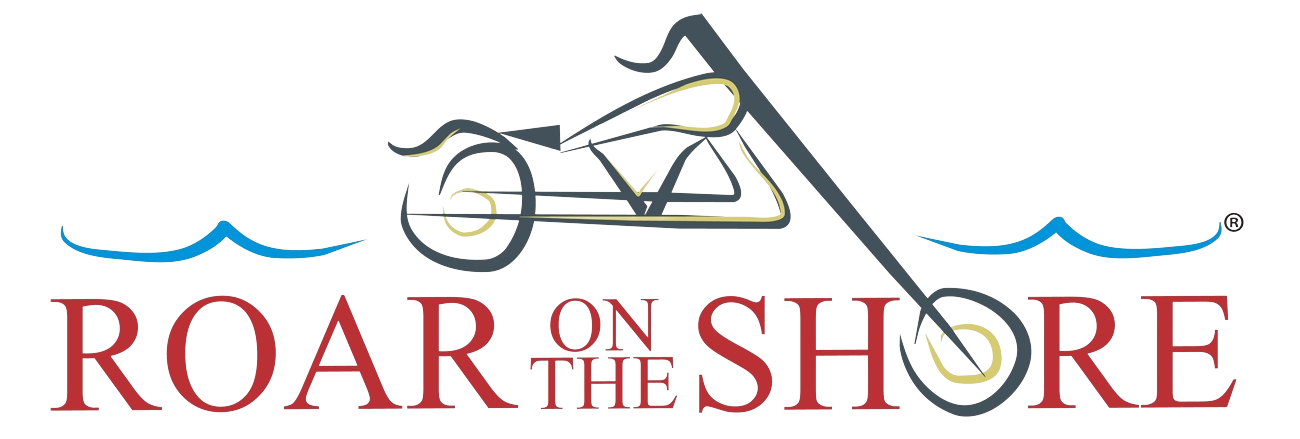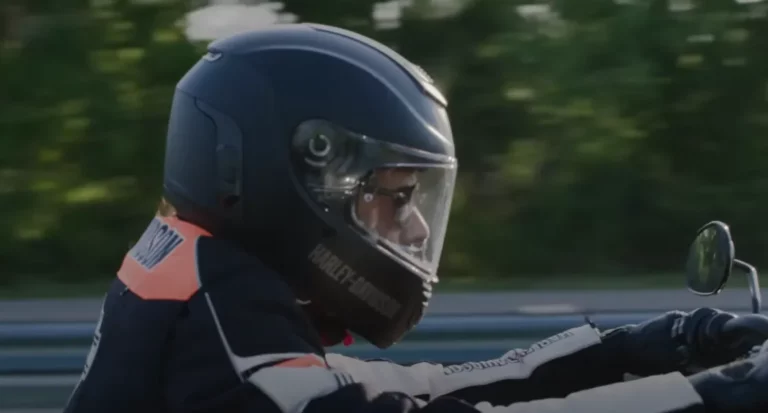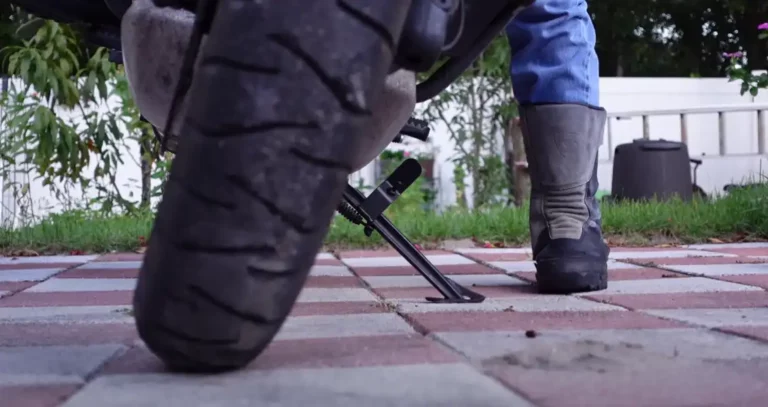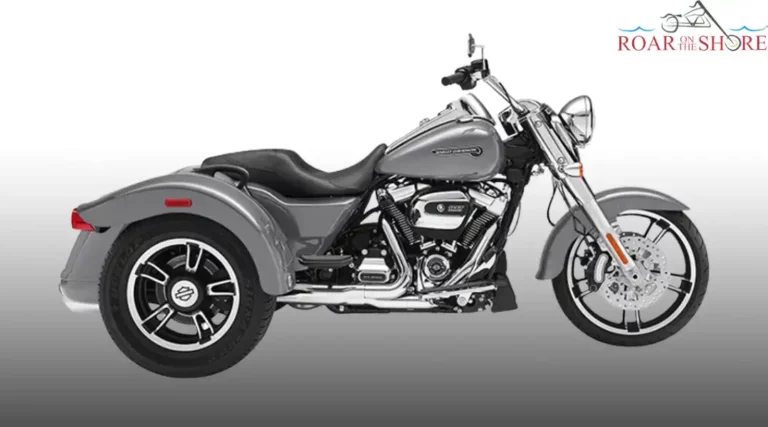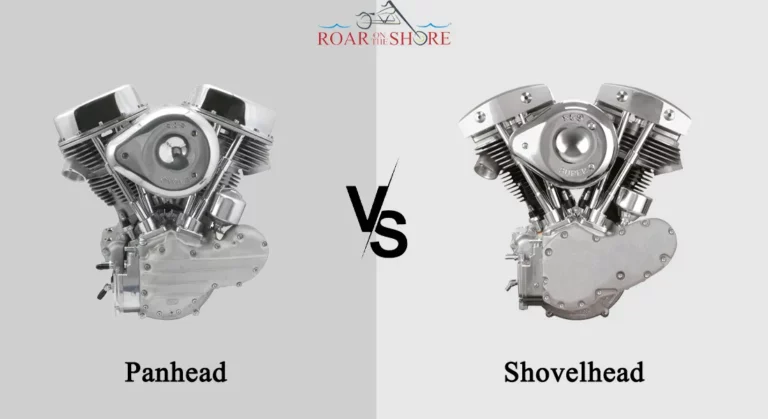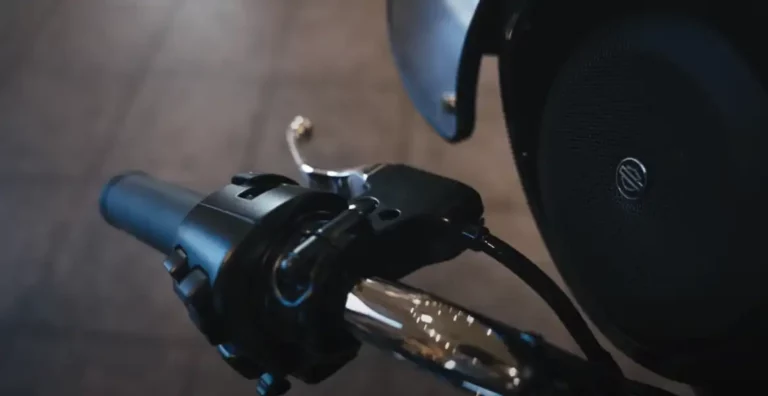What Are Harley Davidson Torque Specifications? [Updated Info]
The specs of Harley Davidson torque values differ from model to model. Harley Softail clutch has 60 to 130 lbs output, whereas the Dyna provides 50 to 155 lbs. Note that you cannot apply the perfect torque to the motorcycle without exploring the varieties.,
These torque values vary because of the dissimilarities between each component specification. As a result, you need to be extra cautious while applying torque. For better clarity, let’s tag along as we discuss the tips.
Harley Davidson Torque Specifications Chart
Not all of their motorcycles deliver the same performance. Torque specifications or output changes, depending on the engine and model of the Harley bike.
Some older models produce less torque, while the latest ones are prone to generate relatively high torque. For better understanding, we have listed down the specs according to different models.
So here we are with the Harley Davidson Softail Evo Engine (1984–2006) torque specs:
| Units | Torque Value |
| Clutch hub nut | 60-80 ft-lbs |
| Cam cover bolts | 100– 130 ft–lbs |
| Rear axle nut | 50-60 ft-lbs |
Now, let’s get familiar with the Harley Dyna series Milwaukee-Eight engine’s (2018-present) torque:
| Units | Torque Value |
| Sprocket Nut | 90-110 ft lbs |
| Cam cover bolts | 125 – 155 in/lbs |
| Clutch Hub Nut | 60-80 ft-lbs |
Read Also: Exploring The Best Year Harley Evo Motor [The Evolution Of Power]
Common Torque Components in Harley Davidson Motorcycles
Harley Davidson motorcycles have heavy–duty engines that require higher torque specifications.
It assists in maintaining a heavy load. Here, we have listed the common units or components that produce greater torque:
Clutch
The clutch is the unit that works with the engine and transmission. It aids in starting the engine on and off.
Also, the clutch makes it a snap for riders to shift gears. And this way, they can increase the power and overall torque of the vehicle.
The gear shift happens as the clutch disengages itself from the engine. And this detachment gives the vehicle more torque for better performance.
Harley’s bikes do not stall or lag in power. And for that, we applaud its clutch lever’s functions. Its lever is easy to activate and release.
Once the riders pull the clutch lever, it stops producing the specified torque needed for the ride.
Only if you release the lever with a gentle force, the clutch plate connects to the engine to provide better torque performance and acceleration.
Read Also: What Does Red Key Light Mean On A Harley? Here Is The Answer!
Engine
Based on the models, the torque will vary. For example, if an engine has a greater displacement, it will supply more torque.
Because the larger the displacement, the more space the air and fuel have to move. For their constant and better movement, Harley’s engines get to burn more fuel in order to produce more torque.
Additionally, the number of cylinders in the powertrain is proportional to the amount of torque produced.
The latest double cylinders engines with two lobes consume more fuel to transfer the lubricants into rotational energy, which delivers high-end torque.
Its compression also has an impact on the torque. Harley’s recent engine generations have better compression rates.
Thus, it makes the engine more efficient to provide such a powerful torque that every rider will prefer long-trips would love.
Because for long rides, higher torque is a necessity, especially to climb up hills.
Compensating Sprocket
A compensating sprocket uses the torque provided by the engine. It is connected to an engine output shaft. To attach the sprocket and shaft, a sprocket bolt is used.
If the bolt is in proper alignment, the sprocket unit properly functions to transmit the torque. However, a loose or tight bolt reduces the torque capability.
Read Also: What Are The Best And Worst Years For Harley Sportsters?
Transmission
Transmission on a motorcycle requires different gear inputs by the riders and movement of the gears produces torque.
It uses the converted rotational force by the engine to supply different torque outputs.
When you switch to a lower gear. It maximizes the torque for the efficient performance of the engine.
On the flip side, changing to the higher gear lowers the torque-producing capability of the Harley motorcycles.
Belt Final Drive
The newer generation Harley Davidson configures a belt as its final drive to transfer the torque produced to various units.
From what we have gathered from the discussion forum the belt is more durable and smoother to deliver torque to the rear wheels.
So, if you prefer to cover long destinations, it is better to go with this model for consistent torque.
Also, it is pretty easy to maintain. In fact, you do not need to grease it with oil to withstand the load caused by heavy torque output.
This is why belt drives do not easily wear out while consistently transferring torque to the wheels.
On the contrary, the chain drives can deliver torque smoothly but are not as durable as the belt model.
Read Also: Best Year Heritage Softail Classic [Exploring The Legacy]
Tips for Avoiding Mistakes While Applying Torque on Harley Davidson
In short, Applying torque on a motorcycle means adjusting the torque units or components, which supply torque.
Once you modify these units, they can provide customized or preferred torque. So, we guess it is not an easy deal at all.
Because a little mistake can damage the internal system and trigger safety issues! Therefore, we have listed down some tips to prevent such scenarios:
- Understand the basics of gear shift, especially when to use the lower and higher ones. Or else the wrong gear shift can damage the engine.
- Before applying torque, make sure the cam chain drive is not too loose or tight. Adjust its hanging space from the crankshaft according to the manual.
- If you have a belt drive, regularly clean it with a bristle brush and water to prevent debris from transmitting the torque output.
- While riding, do not move too much, or else it can affect the consistency of the torque output.
- If you are on the seat, lean forward to apply heavy torque. And to decrease it, ensure to lean backward.
- Avoid adjusting the sprocket bolt too tight or loose.
Read Also: Best Year Harley Fatboy [Selected Top-Notch Models]
FAQs
Based on the torque output, you will either enjoy the Harley motorcycle ride or hate it! So, you might have queries before adjusting the torque. Here are some of the answers –
Should You Use A Service Manual For Torque Specs?
Yes, you should always use a service manual to determine the torque specs of your motorcycle. Because in discussion forums, you may find conflicting answers. And in the manual, the torque value will be included based on the model.
What Should I Do If I Over-Torque A Bolt On My Harley Davidson?
If you have over-torqued a bolt, inspect it right away. Avoid starting the engine before adjusting the bolt. Because too tight or loose bolts can cause damage to the bike. Use the service manual to set the bolt properly.
Are The Torque Specifications The Same For All Harley Davidson Motorcycles?
Not all Harley motorcycle series share the same torque specifications. Depending on the configurations of the torque components, the torque output varies. Powerful engines tend to supply higher torque performance than older engines.
How Do I Properly Apply Torque To A Bolt Or Nut On My Harley Davidson?
To properly apply torque to the bolt and nut, inspect them carefully. If they are damaged, there is no need to work on them. If not, use the correct torque wrench to adjust these units according to the torque specs mentioned in the manual.
Conclusion
The Harley Davidson torque specifications are subject to change, based on the updates they provide for their motorcycle models.
So, to get accurate information, contact them to know the latest changes in the torque specs for updated engines and bike series.
Or, if you have a service manual for your motorcycle, feel free to rely on it for the numbers and values.
